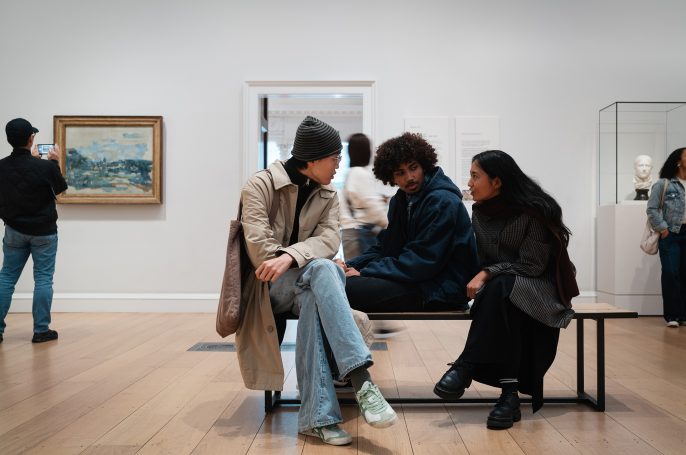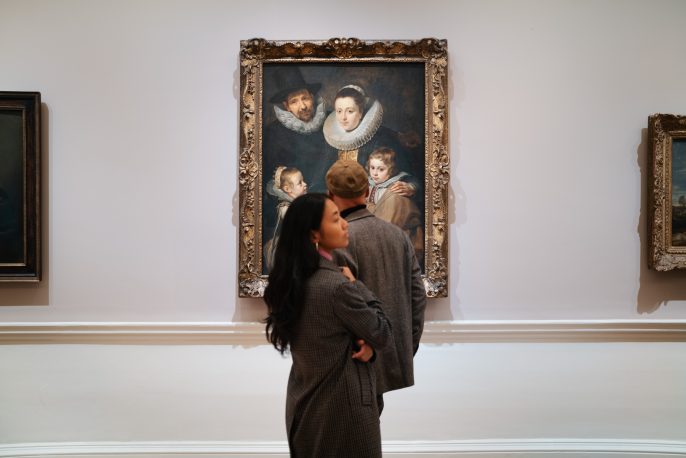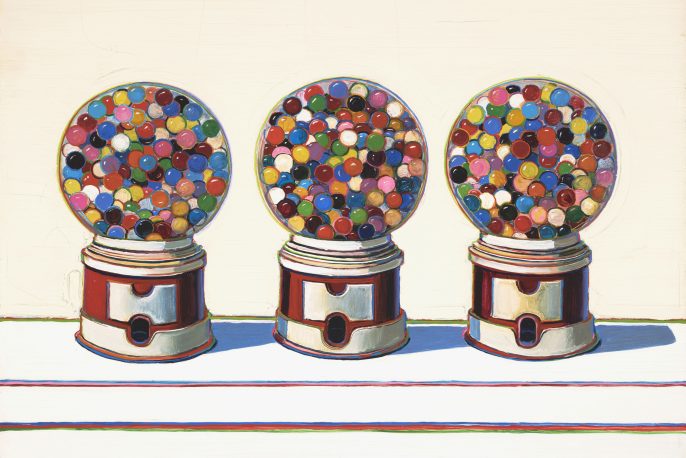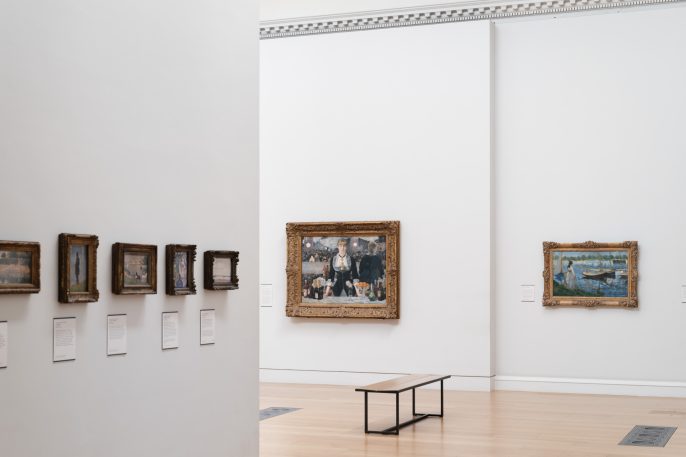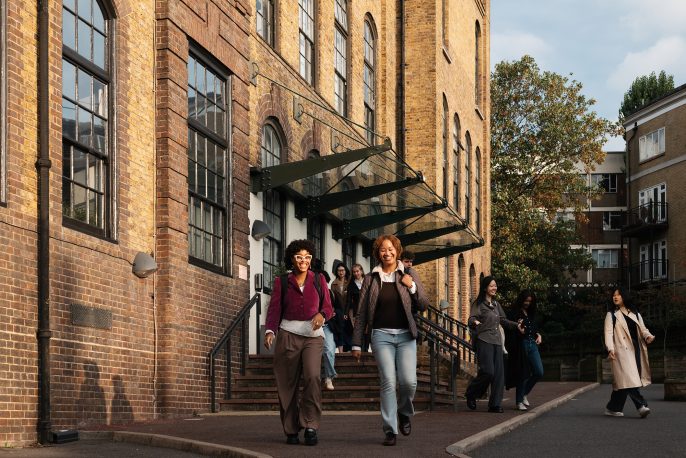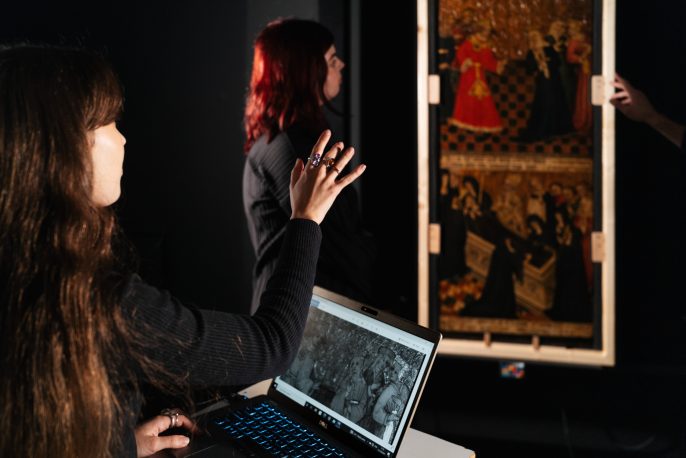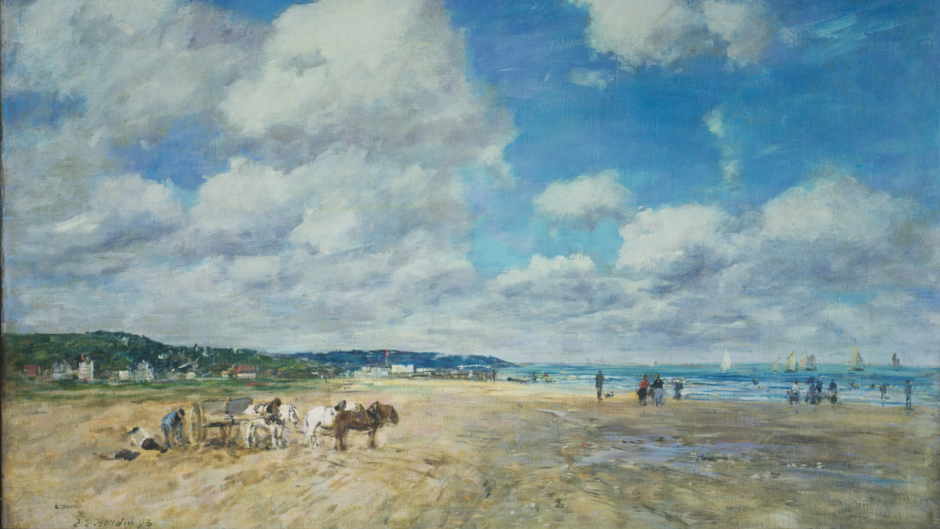This is an archive page and this event has now passed.
Online learning has become an important and integral element of our department’s educational offer. It reaches a global audience of students who for a variety of reasons cannot join us in London, and appeals to those who need to wrap their learning around existing commitments at work and at home.
With our tutors, and based on feedback from our students, we have created a straightforward online learning mode that is user-friendly, and has been very positively received.
The delivery of ten pre-recorded lectures normally four weeks (and exceptionally at least 3 weeks) before the start of live Zoom sessions gives students ample opportunity to watch the course content in their own time and at a pace that suits them.
Extensive course reading and handout materials on the VLE, and suggestions for further self-directed study allow participants to immerse themselves in the topic at hand before the start of the course delivery week, and after the course finishes.
There is a social ‘icebreaker’ session in the week before the first Zoom seminar and opportunities for additional communication with fellow students and your tutor(s) on two VLE forums.
Live Zoom seminars, held each afternoon of the course week at 14:00 [London time] are strongly object-focused and are structured to build on the learning outcomes of the pre-recorded lectures. Student numbers are kept low to facilitate conversation.
